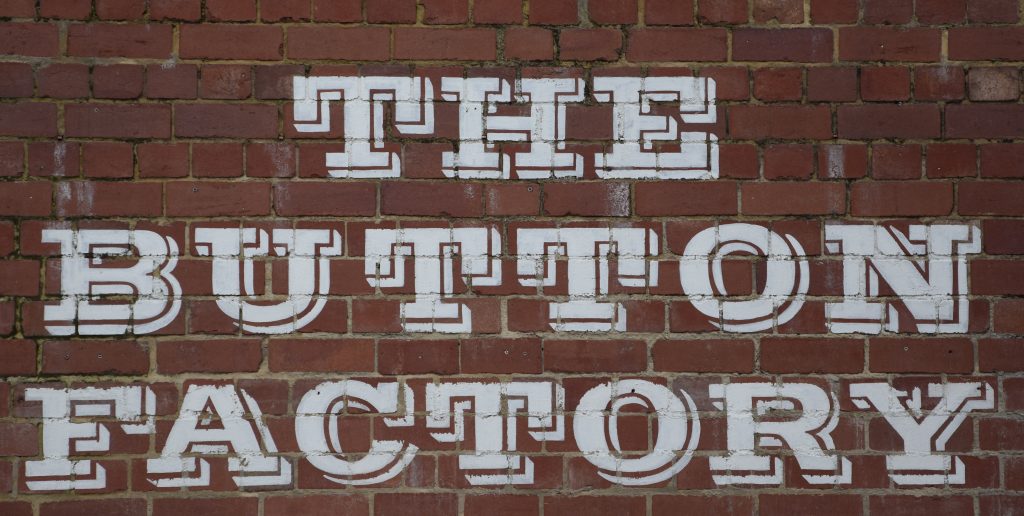In: archaeology

Why do archaeologists get excited by named burials?
January 24, 2019Archaeological excavation at St James’s Piccadilly burial ground in Euston for HS2 is well underway and we are uncovering a large number of burials with surviving name plates. These plates allow us to identify the induvial buried. With over 40,000 burials expected to be excavated and roughly ten percent of…
Read More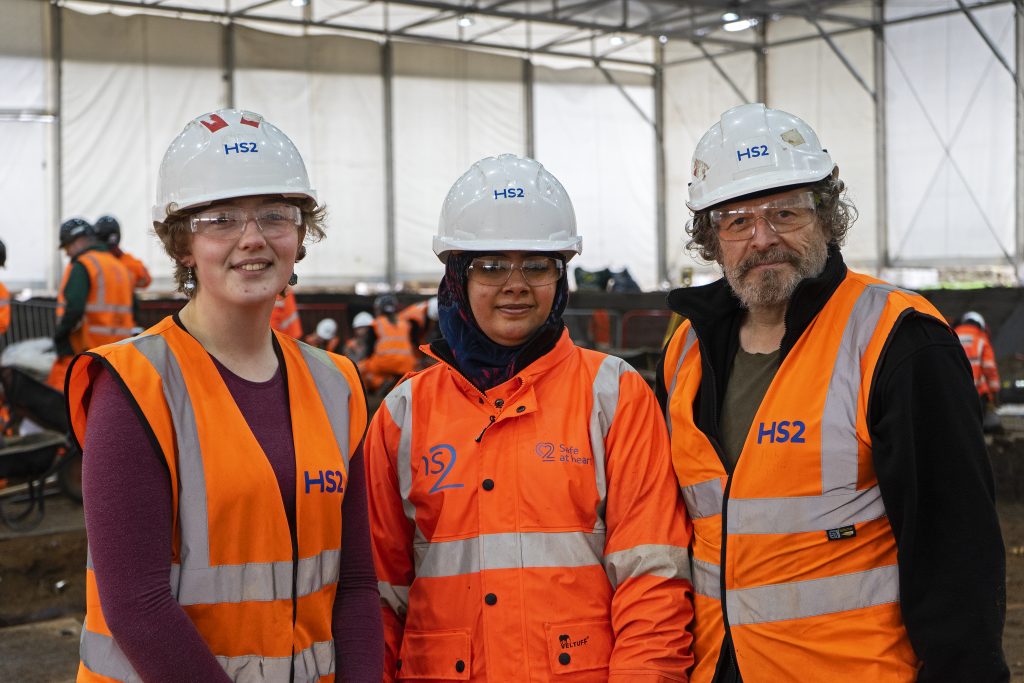
Meet the MOLA Headland trainees uncovering new careers in archaeology on HS2
January 17, 2019HS2’s archaeology programme is Europe’s biggest dig and is providing fascinating insights into the everyday lives of the people and communities who made modern Britain. It is also a great opportunity to bring fresh talent into the sector and upskill local people. In Birmingham, we’re working with partners: Laing O’Rourke…
Read More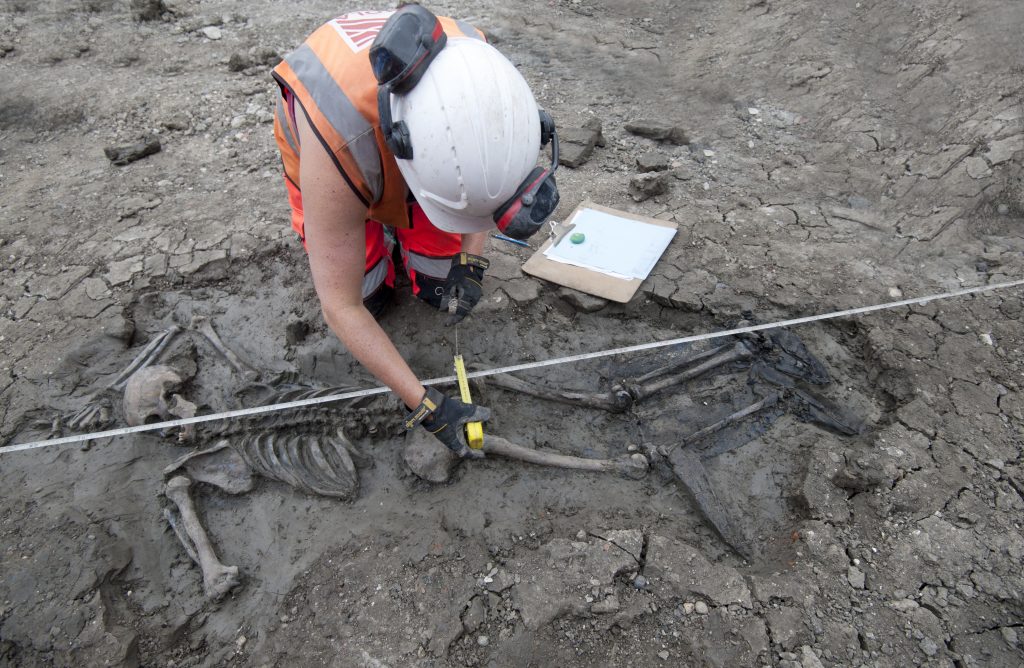
The medieval mystery of the booted man in the mud
December 3, 2018A mysterious male skeleton, lying face-down deep in the Thames mud, with a pair of in-situ thigh-high leather boots has been discovered by our archaeologists working on one of the sites being used to build London’s super sewer in Bermondsey. The skeleton was discovered at Tideway’s Chambers Wharf site in…
Read More
Archaeological excavation at Park Street burial ground underway
November 22, 2018Archaeological excavations at the site of the 19th century Park Street burial ground in Birmingham are up and running. Part of wider archaeological investigations taking place along the Phase One stretch of the HS2 rail route, the Park Street site is located on what will be the Birmingham Curzon Street…
Read More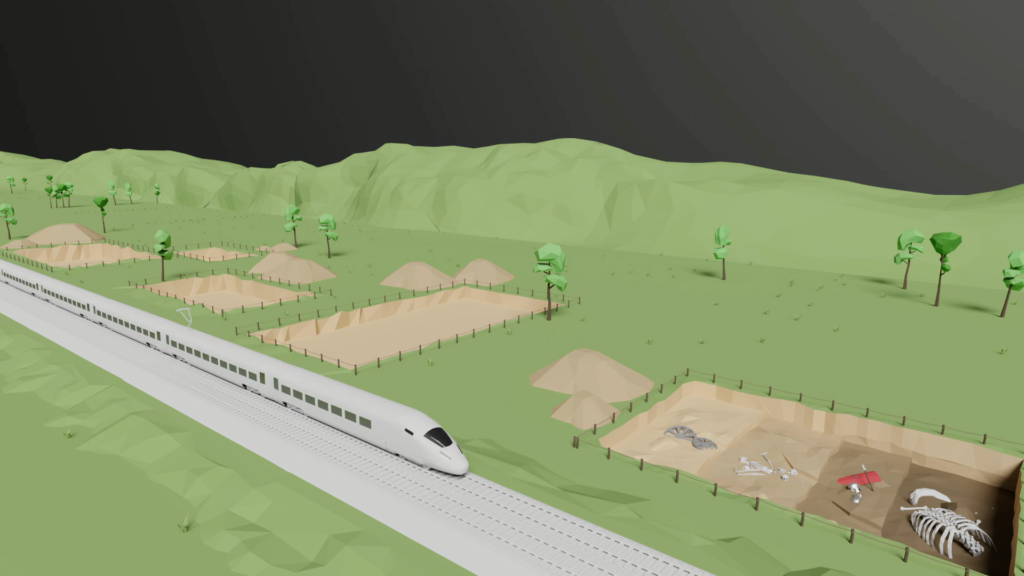
Full steam ahead for HS2 archaeology programme
October 26, 2018Today, HS2 announced their archaeology programme: the largest archaeological project to have ever taken place in the UK. Over 1,000 archaeologists and other specialists are working across 60 sites along the 150 mile route. Exploring over 10,000 years of Britain’s history the project is an unprecedented research opportunity. For full…
Read More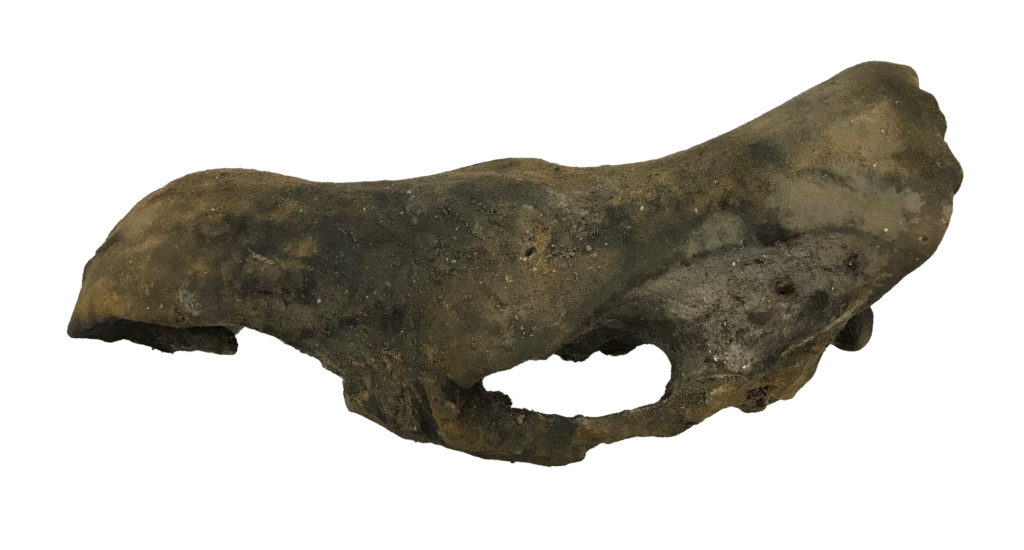
Cambridgeshire Ice Age giants uncovered on the A14C2H
October 22, 2018Excavations for the A14 Cambridge to Huntingdon Improvement Scheme have revealed partial remains belonging to extinct megafauna including woolly mammoth and woolly rhino, thought to be at least 100,000 years old. Archaeologists were working closely with plant operators from Walters Group when the remains were uncovered. MOLA Headland consultant Palaeolithic…
Read More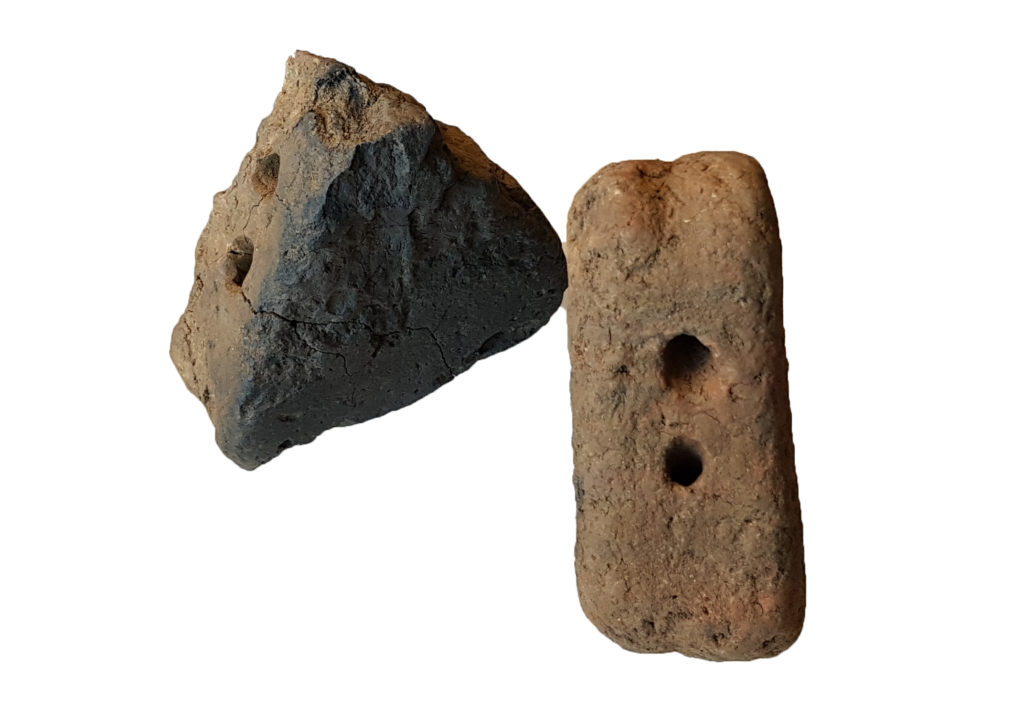
Archaeological finds: A human connection to the Cambridgeshire landscape through time
October 10, 2018Once finds have been carefully lifted from the ground, they immediately begin their journey through the post-ex process. We carefully bag and label them, which means that when they arrive at our processing facilities, we still know exactly which layer they came from or which feature they were found in…
Read More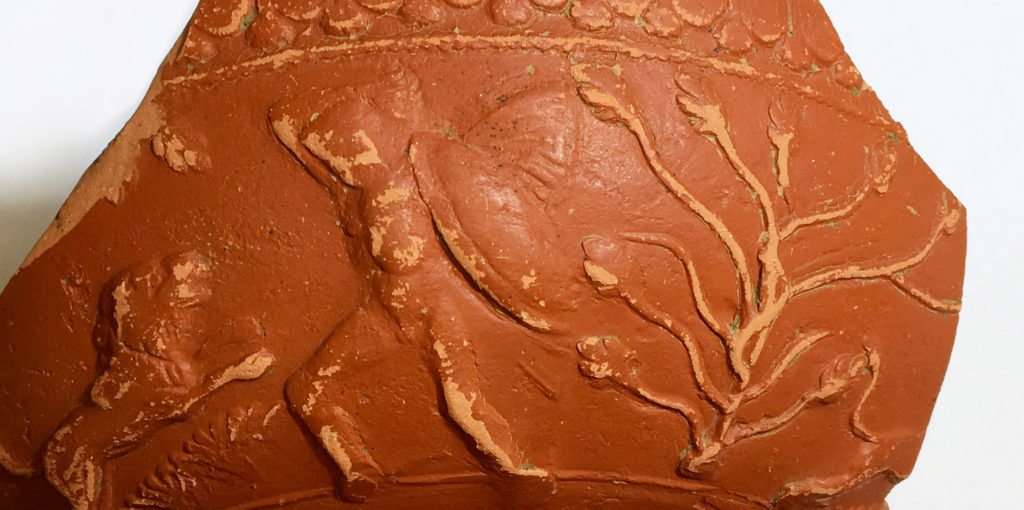
A potted history of Cambridgeshire: Ceramic finds from the A14C2H
September 26, 2018Excavations for the A14 Cambridge to Huntingdon Improvement Scheme have produced enormous quantities of pottery – nearly four tons, in fact, at our last estimate! Over the coming year, MOLA Headland Pottery Specialist Adam Sutton and a team of 9 other experts will sort through these finds and figure out…
Read More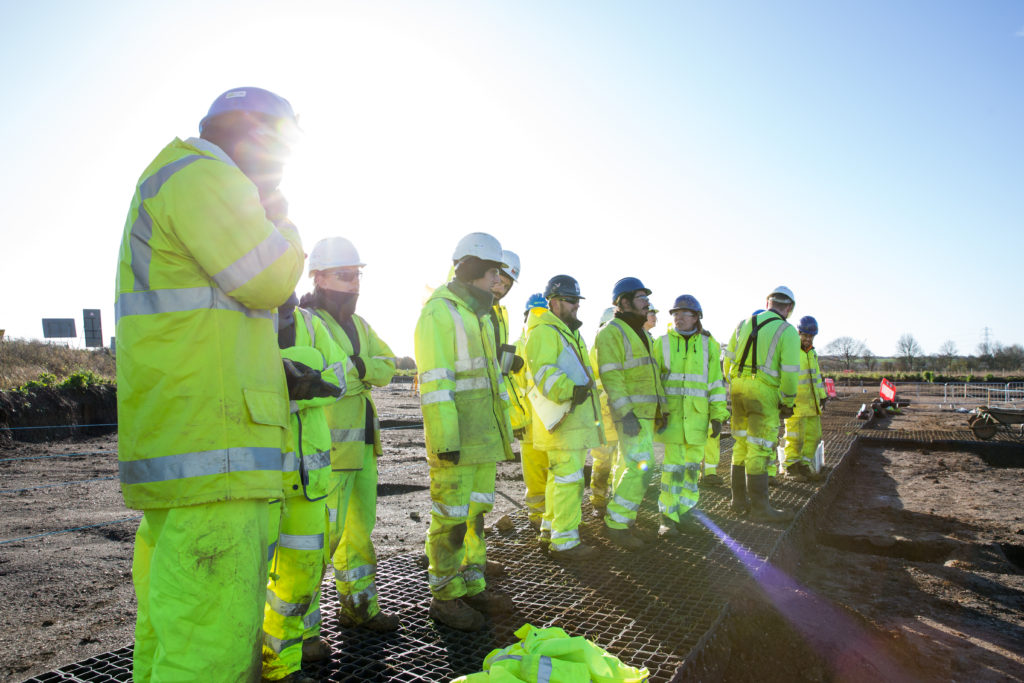
From dig to desk: the story of the A14C2H archaeology programme is just beginning
September 13, 2018As the excavations on one of the UK’s largest ever archaeological projects draw to a close, we now start the huge challenge of pulling the results together, to paint a more detailed picture of over 6000 years of history. The archaeology programme of the A14 Cambridge to Huntingdon improvement scheme…
Read More